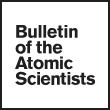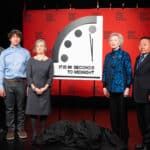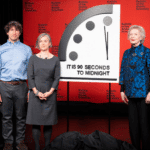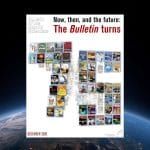A first draft of the world’s first nuclear weapons ban
By Tim Wright | May 23, 2017
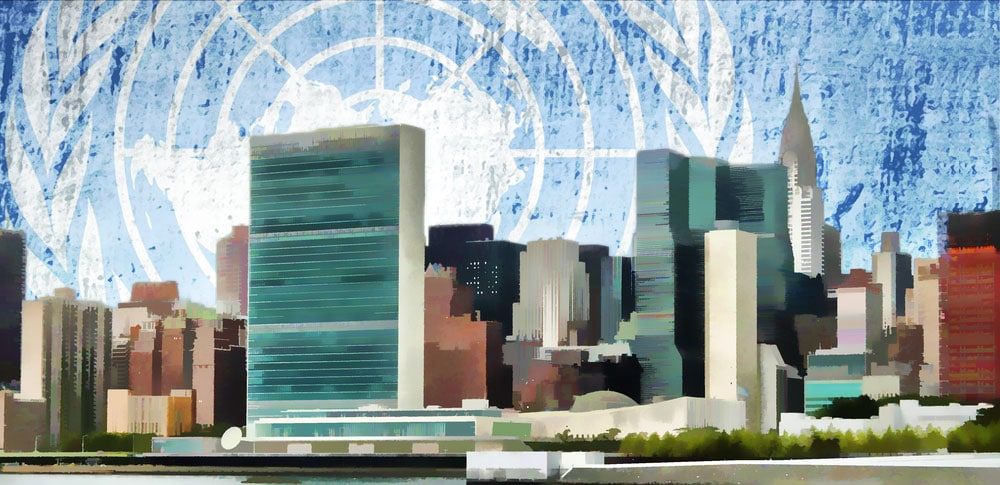
Forty-five years ago, the international community signed a global convention banning biological weapons. Two decades later, it concluded a similar accord categorically rejecting chemical weapons. Now, after decades of deadlock over disarmament, the United Nations is developing a treaty to prohibit the worst of all weapons of mass destruction: nuclear weapons.
At an event in Geneva on May 22, Costa Rican ambassador Elayne Whyte Gómez, who is presiding over negotiations on the historic treaty, unveiled the first draft text and took questions from the world’s media. The draft broadly reflects the discussions and input received during the first round of negotiations, held in New York in March.
More than 130 nations participated in that session. Notably absent were the nine nuclear-armed nations and most of their allies that claim protection under a “nuclear umbrella.” But this boycott—which had been widely anticipated—is no barrier to the treaty’s adoption. The new law will advance disarmament by stigmatizing nuclear weapons and establishing the foundations for their elimination.
Formal work on the “legally binding instrument” will resume on June 15. Many of the participating nations are quietly confident that agreement can be reached by July 7, the final day set aside for negotiations this year under the mandate given by the UN General Assembly. As there is no strict requirement for consensus, a troublesome few cannot block the process.
The initial draft provides a solid basis for achieving a successful outcome in July. It clearly conveys the deep humanitarian concerns that gave rise to this important and long-overdue UN initiative, and draws from global norms against other inherently indiscriminate and inhumane weapons, including biological weapons, chemical weapons, anti-personnel landmines, and cluster munitions.
The preamble describes the “catastrophic consequences of nuclear weapons,” which “transcend national borders” and have grave implications “for human survival, the environment, socioeconomic development, the global economy, food security and for the health of future generations.” It acknowledges the enormous suffering that victims of the use and testing of nuclear weapons have experienced.
The preamble also declares that “any use of nuclear weapons would be contrary to the rules of international law applicable in armed conflict, and in particular the principles and rules of humanitarian law.” It describes the treaty as “an important contribution towards comprehensive nuclear disarmament,” while stressing that “further effective measures” will be needed to eliminate the weapons completely.
The draft expressly forbids states party from using, testing, developing, producing, manufacturing, otherwise acquiring, possessing, stockpiling, transferring, or receiving control over nuclear weapons. It also bars them from assisting, encouraging, or inducing anyone to engage in any of those activities. Similar prohibitions can be found in other weapon-related treaties.
Under the draft, the states party would also undertake to prohibit and prevent the stationing, installation, or deployment of nuclear weapons in their territory or at any place under their jurisdiction or control. This provision, if retained, would be of particular significance to the five European nations that host US nuclear weapons on their soil: Belgium, Germany, Italy, the Netherlands, and Turkey.
If a state that currently possesses nuclear weapons were to disarm and then join the treaty, it would need to conclude an agreement with the International Atomic Energy Agency to verify that all its warheads had indeed been dismantled. A nuclear-armed state could, alternatively, join the treaty subject to a protocol agreed among the states party requiring the “verified and irreversible” elimination of its weaponry.
The draft stipulates that states party in a position to do so should provide assistance—including “medical care, rehabilitation and psychological support”—to individuals affected by the use and testing of nuclear weapons in areas under their jurisdiction or control, and those states contaminated by nuclear detonations would have a right to seek and receive assistance to remediate the environment.
The draft envisages regular meetings of states party to consider and take decisions on matters relating to the application and implementation of the treaty, as well as “on the further elaboration of effective measures for nuclear disarmament.” Amendments to the treaty could be adopted with the approval of at least two-thirds of the participating states.
The draft includes a simple entry-into-force provision: Any 40 states would need to sign and ratify the convention before it could become binding international law. This is consistent with the approach taken in most other disarmament treaties. Additional states could then accede to it over time, as it would be of “unlimited duration.” In extreme circumstances, a state party could withdraw from the treaty.
In June and July, all these draft provisions will be debated in great detail—sentence by sentence, word by word. Many will no doubt be modified. Some will be deleted and others will be added. But the draft offers a strong foundation from which to conduct these deliberations. It fills significant gaps in the existing legal architecture governing nuclear weapons.
Together, we make the world safer.
The Bulletin elevates expert voices above the noise. But as an independent nonprofit organization, our operations depend on the support of readers like you. Help us continue to deliver quality journalism that holds leaders accountable. Your support of our work at any level is important. In return, we promise our coverage will be understandable, influential, vigilant, solution-oriented, and fair-minded. Together we can make a difference.
Topics: Announcement


